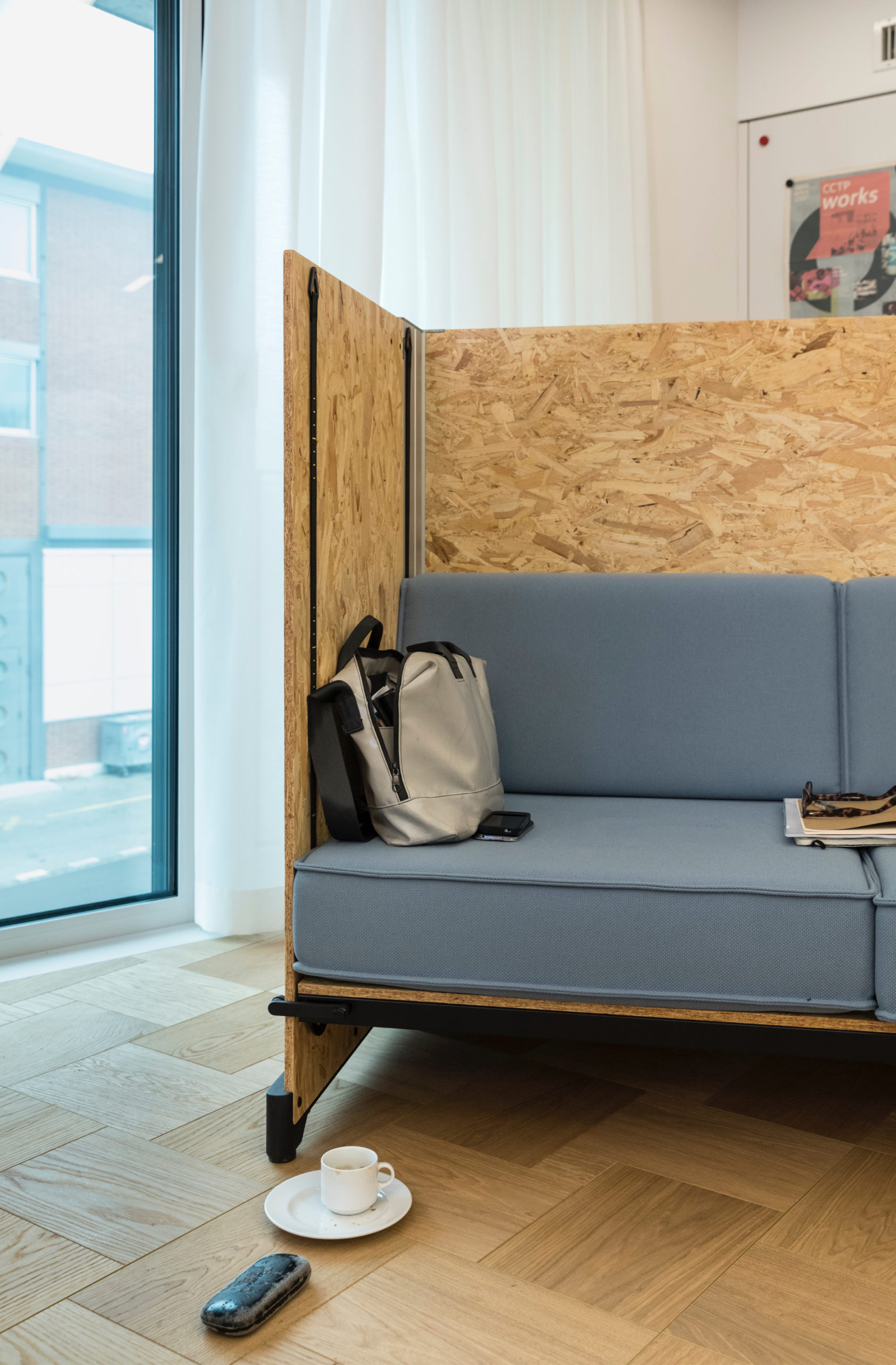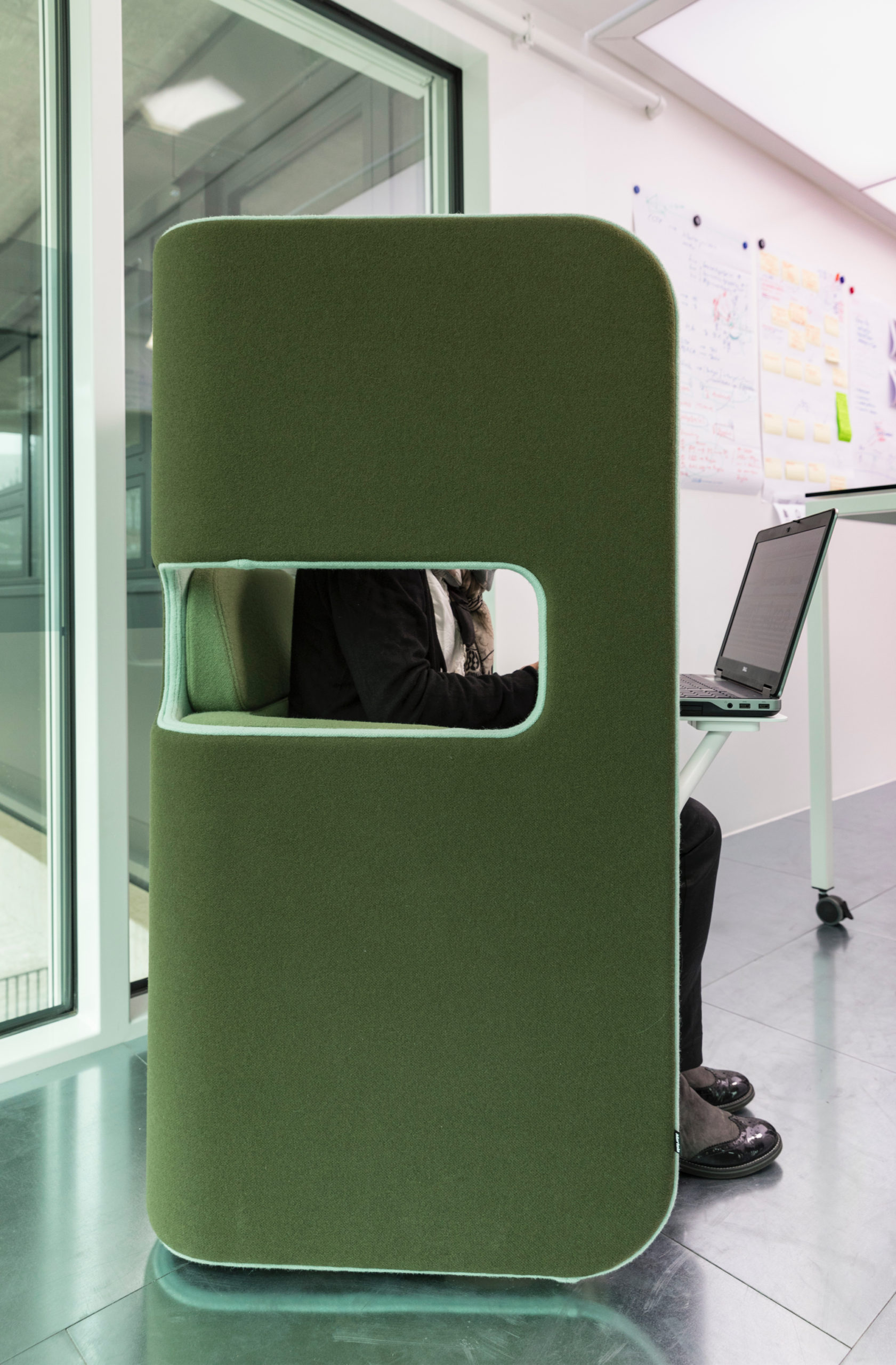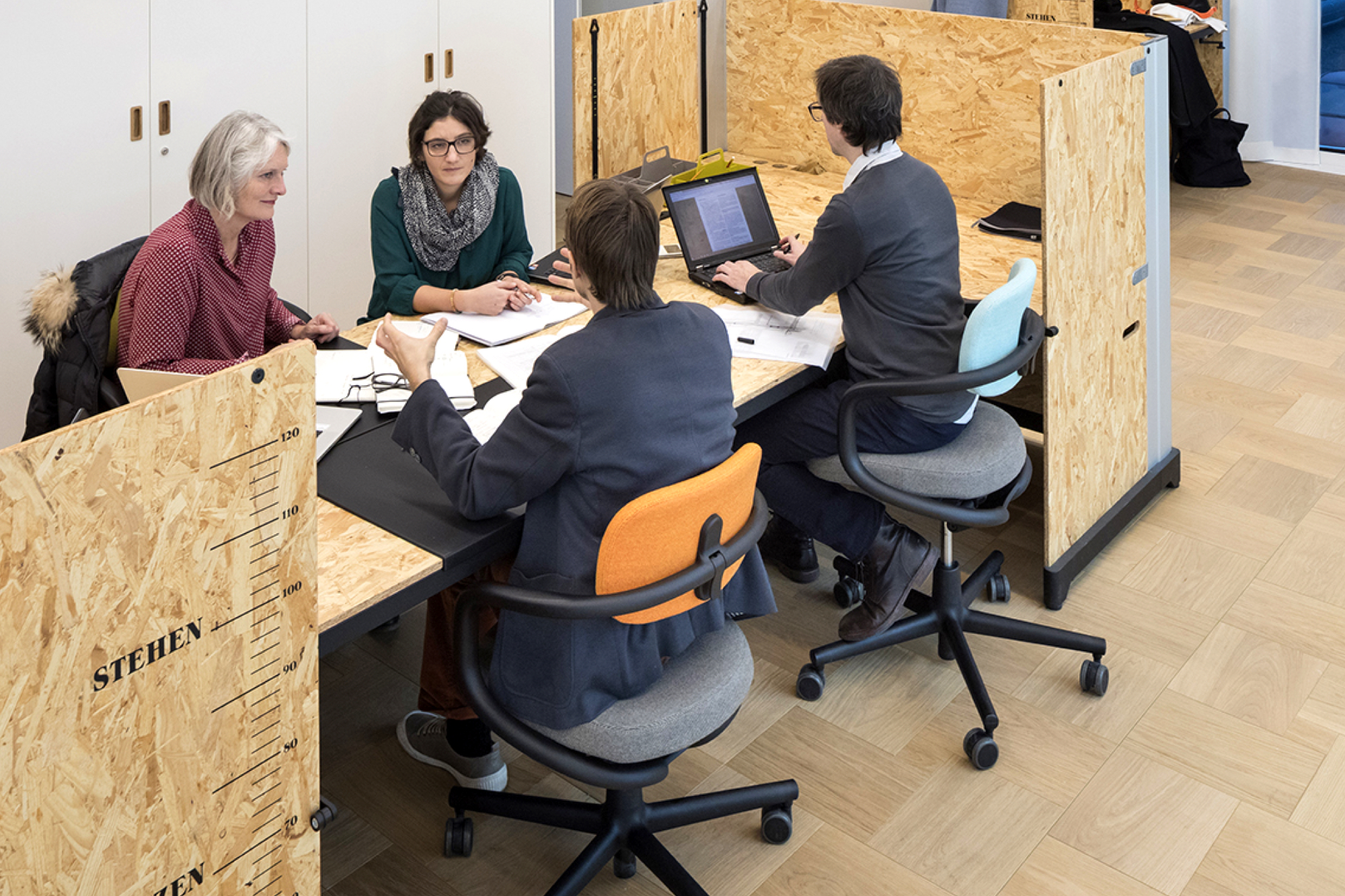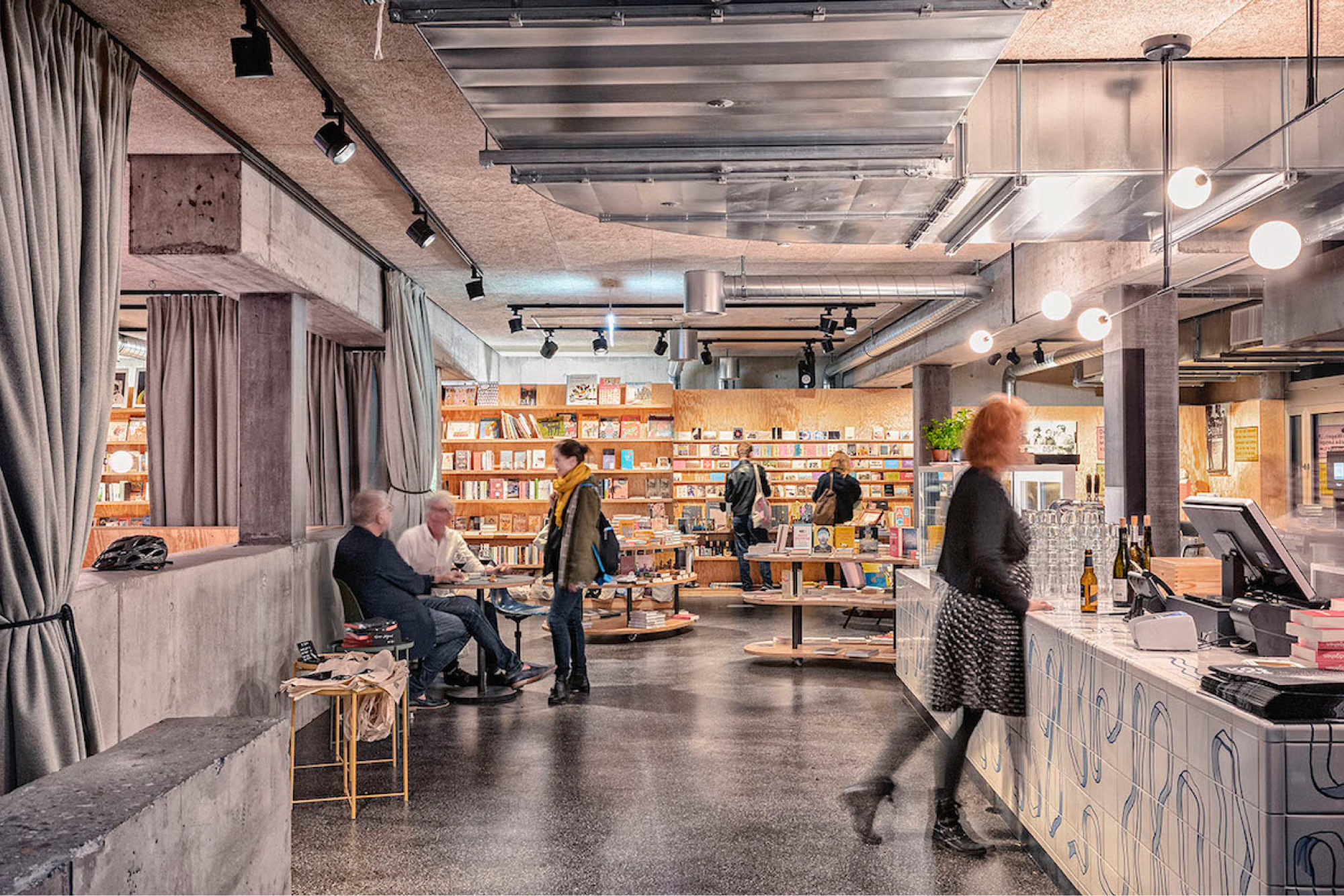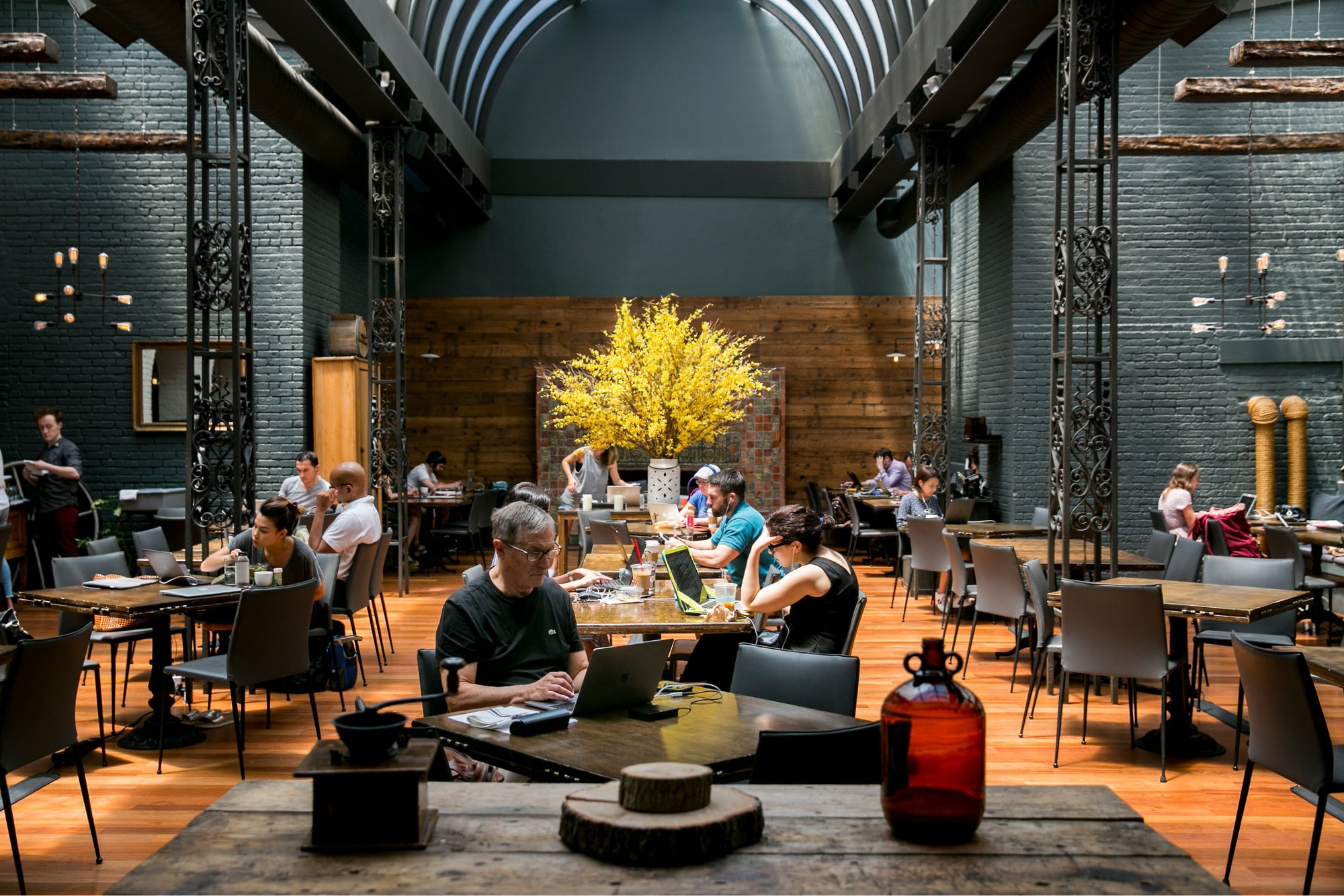Work is wherever we are
PERSPECTIVES
Giulia Bernardi • 04.12.2018
Our everyday working life has changed fundamentally: It no longer takes place only in the office, but has become decentralised to various locations. This is the result of new technology, but also economic and social influences and requires a re-think of existing structures.
Our ways and forms of working are undergoing continuous change. While during the industrial age one had to visit a certain place to work, nowadays new media and technology are bringing work to wherever we want it: on the train, into our own four walls or to the café next-door.
However, the shift in our place of work is not only associated with increasing digitalisation, but also with economic and social influences. In Switzerland approximately 76 percent of the labour forceworks in the service sector or in public administration. These areas favour mobile working, as opposed to agriculture or industry that are tied to a particular location. Furthermore social trends also play a role. «Continuing individualisation, in other words the move from external to self-determination, is also reflected in the need to structure one’s own life as flexibly as possible», says Stefan Breit, trend researcher at the Gottlieb Duttweiler Institute (GDI). «This means that the requirements of the structure of our everyday working life are also changing.»
Stefan Breit
trend researcher at the Gottlieb Duttweiler Institute (GDI)

«Continuing individualisation, in other words the move from external to self-determination, is also reflected in the need to structure one’s own life as flexibly as possible»
According to the FlexWork Surveyby the University of Applied Sciences and Arts Northwestern Switzerland (FHNW), in 2016 approximately 38 percent of the labour force carried out its work independently of a fixed place of work. In doing so, 55.2 percent of those questioned stated that they had voluntarily decided on this; the reasons given were autonomy, not being disturbed and gaining time, but also the need to adjust the place of work to the task. «Precisely among the younger generations we can identify a requirement for increased flexibility», says Hartmut Schulze, an employment and organisational psychologist at FHNW. «Generation Y, in other words the people who were born between the 1980s and the early 2000s, thinks much more in a project-related way than older generations and works with a different motivation. For example, it is prepared to commit to a project more intensively, but then also wants the opportunity for a longer holiday or a trip.»
Flexible models and
spaces for work
The changes in the requirements of the working population require a corresponding re-think on the part of employers. In 2016 56 percent of the labour forcestated that they were not able to work from a mobile office because their area of responsibility or the company didn’t allow it or the technology wasn’t available. «For those people, who were not allowed to work from a mobile office because of their employers, we observe a certain reticence at managerial level», says Hartmut Schulze. «This is often linked with the fear of no longer having any control or losing sight of employees.» Correspondingly new systems must be established for communication and monitoring of performance. «We recommend that companies talk to employees more about requirements and agree team charters together, in which for example contact times in the home office or joint periods of attendance are agreed», continues Schulze.So that companies can estimate better where they stand with regard to mobile work and to what extent they want to implement the latter, FHNW has developed the FlexWork phase model. This enables employees and employers to arrange themselves into five phases: from «location-bound and strongly hierarchical» to «location independent and networked». The model therefore offers a guide to the status quo, but also asks companies the question of which working model they want to achieve in the future.
Meet2Create research and innovation unit at NEST, photos: ©Markus Käch
However, flexible working hours and mobile places of deployment do not only have an effect on management and organisation. Research projects such as Meet2Create of the Competence Center Typology & Planning in Architecture (CCTP) of the Lucerne University of Applied Sciences and Arts in the NEST (Next Evolution in Sustainable Building Technologies) of Empa focus on designing worlds of work for the future. With regard to the fact that work is becoming decentralised, the office is increasingly becoming a place for joint, project-related exchanges. This is how new definitions such as «Crea-Lab» or «co-working» have also evolved. Flexible room divisions and furniture systems are therefore required, which can be adjusted to joint or individual work. Depending on the assignments of employees, lights and temperatures should also be able to be set at the right levels through sensors.
Coffices and
co-working-spaces
When people work away from an office, their own living circumstances also have an effect on the location where they work. Here the trend for microlivingplays a role, which was analysed in a study by the Gottlieb Duttweiler Institute (GDI). Owing to the decreasing living areain urban districts, the requirement for compensation areas is rising, which has the result that various activities that were still carried out within our own four walls in the last century, are moving out of the home. For example, people no longer work at home, but in co-working spaces or cafés, also called «coffices». «Through this shift, private and public space is being re-defined and this is leading to a co-evolution between the home and urban infrastructure», says Stefan Breit, which also for example accounts for increase in the establishment of co-working spaces.
The Kosmos – ein hybrid conzept in Zurich, Image: ©Burkhard & Lüthi
During the day a Co-Working Space, in the evening a restaurant: Milling Room in Manhattan, © The New York Times, Sam Hodgson
A complex interplay
The fact that work is increasingly distributed over various locations, is also the result of various influences. While the new technological developments of the 20th and 21st century made decentralisation possible in the first place, sociological trends, such as individualisation, ensure that new developments in society are generally being accepted. This is emphasised by Stefan Breit with a political example, the initiative for an unconditional basic income: «If the initiative had been accepted, the term work would have been given a completely new meaning: One’s profession would not only have been adjusted to one’s own financial requirements, but much more to one’s individual expectations.»
The change in working conditions means it is now up to companies and employees to develop new work models together, which no longer correspond to the parameters of industry, but rather to the age of digitalisation.
«Through this shift, private and public space is being re-defined and this is leading to a co-evolution between the home and urban infrastructure»,
Stefan Breit
Photography: WEWORK, BURKHARD & LÜTHI, MEET2CREATE, SAM HODGSON
